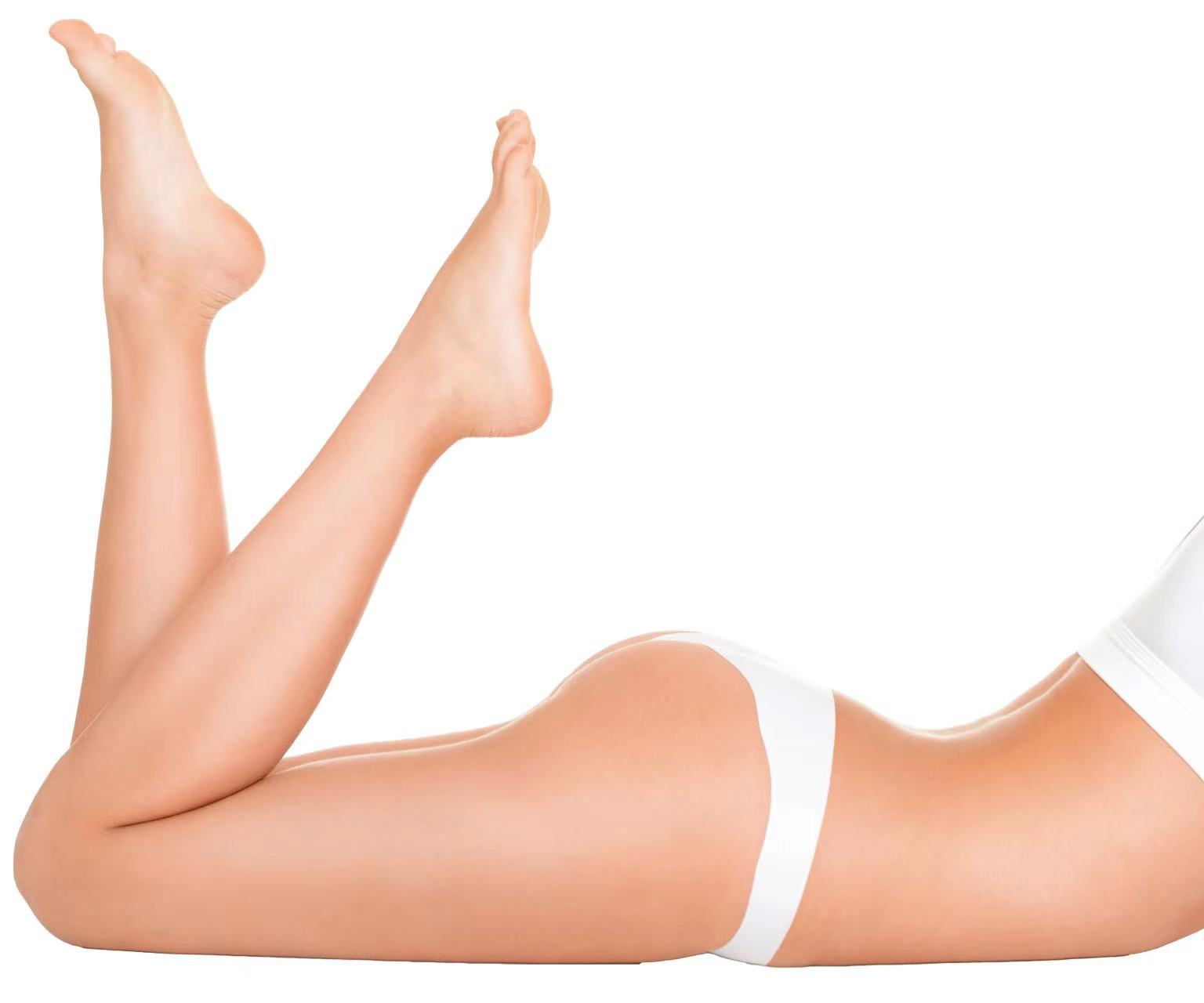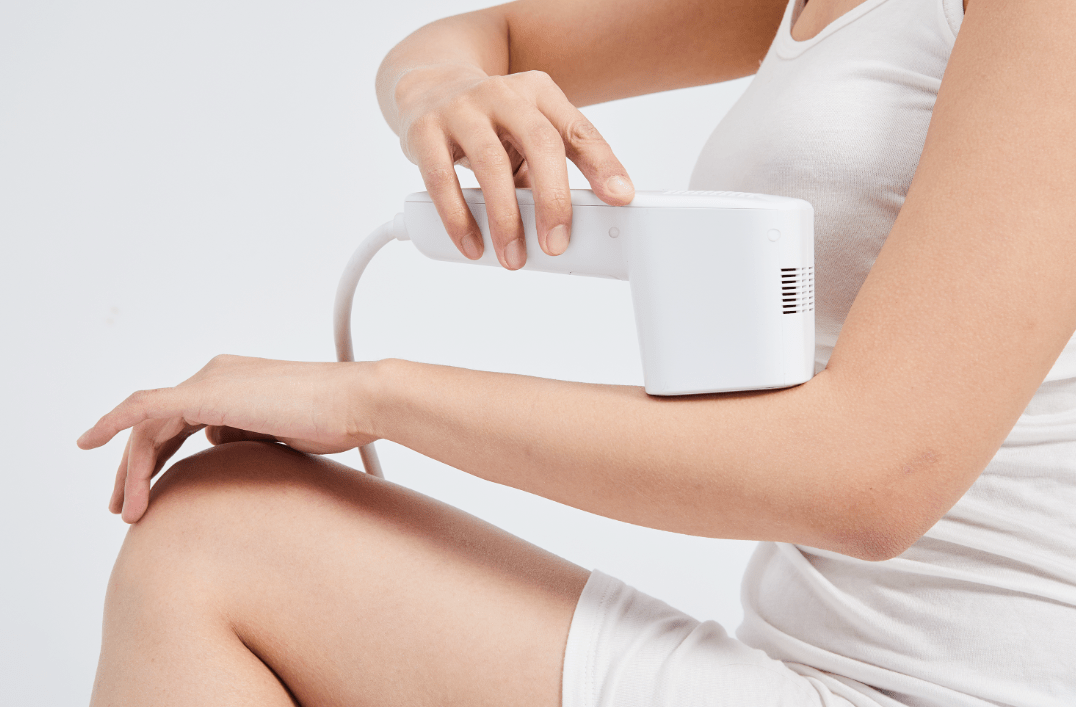Laser Hair Removal Tips Find the Best Method for Your Skin
Laser hair removal is a medical procedure that uses concentrated light energy to remove unwanted hair. This technique targets hair follicles with laser light, converting it to heat and damaging the follicles to inhibit future hair growth. While it doesn’t permanently remove hair, it reduces the number of unwanted hairs significantly, making maintenance easier.

Determining Your Skin Type
Different Skin Types Explained
Understanding your skin type is crucial before undergoing any laser hair removal treatment. Skin types are generally categorized into five types:
- Normal Skin: Balanced, not too oily or dry, and few imperfections.
- Oily Skin: Enlarged pores and a shiny complexion, prone to blackheads and breakouts.
- Dry Skin: Tight, rough, and flaky, with visible lines.
- Combination Skin: A mix of oily and dry areas, typically an oily T-zone.
- Sensitive Skin: Easily irritated, prone to redness and itching.
Identifying Your Skin Type for Laser Hair Removal
When considering laser hair removal, it’s vital to identify your skin type accurately. This ensures the selection of appropriate laser technology and treatment settings. Conducting a professional skin analysis or utilizing online tools can help you define your skin type. Skin tone plays a significant role in determining how well the skin absorbs certain wavelengths of laser light, which directly impacts the treatment’s effectiveness and safety.
Choosing the Right Laser Technology
Types of Laser Technologies Used in Hair Removal
Diode Lasers
Diode lasers are a popular choice for laser hair removal. They emit a longer wavelength of light, making them effective for targeting hair follicles in individuals with various skin types, including those with darker skin tones. Diode lasers offer deep penetration and decreased risk of skin damage, promising effective results over multiple treatment sessions.
Alexandrite Lasers
Alexandrite lasers are known for their effectiveness on light to olive skin tones. This laser type operates at a slightly shorter wavelength, which makes it highly efficient in treating larger areas quickly. While it can provide rapid results, caution is necessary when used on darker skin types, as it may increase the risk of pigmentation issues.
Nd:YAG Lasers
Nd:YAG lasers are versatile and particularly suited for darker skin tones. They emit light at a wavelength that penetrates deeply into the skin, bypassing the melanin in the epidermis, thus reducing skin damage risk. This technology is capable of treating larger body areas effectively, though it may require more sessions to achieve the desired hair reduction.
Evaluating the Effectiveness of Each Type
Evaluating the effectiveness of each laser type for laser hair removal depends on both the patient’s skin type and hair color. Diode lasers are well-regarded for their precision and suitability for multiple skin types. Alexandrite lasers offer quick treatment times and are highly efficient for lighter skin tones. Nd:YAG lasers, though often slower, provide safe and effective solutions for darker complexions. Consulting with a qualified technician can help determine which laser technology best matches your specific needs, ensuring optimal outcomes while minimizing potential risks.
Laser hair removal is now widely used in the beauty industry. Since its inception in 2003, Anchorfree has focused on the manufacturing of aesthetic and medical aesthetic devices based on laser, light-based, RF, vacuum, ultrasound, and EMS technologies. We are committed to developing and delivering high quality products with cutting-edge technology to our global partners and customers.
Preparing for Your Laser Hair Removal Session
Pre-Treatment Guidelines
Avoiding Sun Exposure
One of the critical pre-treatment guidelines for laser hair removal is to avoid sun exposure. Sunburned or tanned skin can increase the risk of side effects such as pigmentation changes or blistering. It is advisable to avoid direct sunlight and tanning beds for at least two weeks before your treatment. If you must be outside, ensure you’re using a high SPF sunscreen and wearing protective clothing to shield your skin from harmful UV rays.
Shave the Treatment Area
Shaving the treatment area is another preparatory step for laser hair removal. By shaving, you remove hair above the skin’s surface, making the treatment more effective since the laser targets the hair follicle below the skin. It’s recommended to shave 24-48 hours before your session. Avoid waxing, plucking, or epilating the hair because these methods remove the follicle temporarily, reducing the laser’s ability to target it effectively.
Avoid Certain Products and Medications
Avoiding certain products and medications is crucial in preparing for your laser hair removal session. Skincare products containing retinoids, glycolic acid, and salicylic acid should be discontinued at least a week before treatment. These products can make your skin more sensitive to the laser. Additionally, medications that cause photosensitivity, such as certain antibiotics, should be avoided. Consult with your healthcare provider to ensure any such medications are safe in conjunction with laser treatment.
What to Expect During the Treatment Session
During your laser hair removal session, you can expect a series of steps to ensure safety and effectiveness. The treatment area will be cleansed to remove any oils or dirt. Protective eyewear will be provided to shield your eyes from the laser light. The laser technician will then use a handheld device to deliver laser pulses to the targeted areas. You may feel a slight stinging or snapping sensation as the laser works, but newer lasers often include cooling mechanisms to enhance comfort. The session duration varies based on the area size, ranging from a few minutes for small areas to up to an hour for larger areas.
Through many years of operation, Anchorfree has formed an experienced and talented research and development teams. We will be continuously focused to develop the products with strong technical advantages and seek independent innovation and provide a high-class services for our partners and customers around the world.
Post-Treatment Care and Maintenance

Immediate Aftercare Tips
Managing Redness and Swelling
Managing redness and swelling immediately after laser hair removal is essential for comfort and recovery. These side effects are common and can be minimized by applying a cool compress or ice pack to the treated area. Over-the-counter anti-inflammatory creams or aloe vera gel can also help soothe the skin. It’s critical not to scratch or rub the treated area to prevent irritation or complications.
Using Soothing Creams and Lotions
Using soothing creams and lotions is advised post-treatment to aid in the healing process. Products containing calming ingredients like aloe vera, chamomile, and calendula can provide relief from the common post-procedure symptoms such as redness and minor discomfort. It’s best to avoid heavy or fragranced lotions that could irritate sensitive skin.
Avoiding Heat-based Activities
To ensure proper healing after laser hair removal sessions, it’s recommended to avoid heat-based activities. Activities such as hot showers, saunas, and intense exercise that induce sweating can exacerbate irritation and increase the risk of infection. Wait at least 24-48 hours before resuming any such activities to give your skin time to recover.
Long-Term Maintenance and Follow-Up Sessions
Long-term maintenance and follow-up sessions are key to achieving and maintaining desired results with laser hair removal. Typically, a series of 6-8 sessions spaced 4-6 weeks apart are necessary initially, as hair grows in cycles. Your practitioner may recommend additional touch-up sessions annually or biannually to address any new hair growth. Compliance with follow-up appointments ensures optimal hair reduction and allows for adjustments based on your skin’s and hair’s response to the treatment.
In conclusion, understanding your skin type and choosing the appropriate laser technology are foundational steps in achieving effective hair removal. Preparing correctly for your sessions and maintaining post-treatment care can significantly enhance your results and minimize risks. Whether you have light, dark, oily, or sensitive skin, tailored laser hair removal treatments can provide a long-term solution for unwanted hair, making the journey towards smooth, hair-free skin both safe and efficient.
Factors Influencing the Success of Laser Hair Removal
Importance of Technician Expertise
The expertise of the technician plays a critical role in the success of laser hair removal treatments. A knowledgeable professional can appropriately customize treatment settings to match your skin type, hair type, and treatment area. This expertise minimizes the risk of side effects and maximizes effectiveness. Certified technicians are skilled in using various laser technologies and can navigate challenges presented by different skin tones and hair colors. Therefore, choosing a reputable clinic with experienced staff is crucial for achieving optimal results.
Role of Individual Hormonal Levels
Individual hormonal levels significantly influence the results of laser hair removal. High levels of certain hormones, such as androgens, can lead to increased hair growth, potentially diminishing the long-term effectiveness of the treatment. Conditions like polycystic ovary syndrome (PCOS) or hormonal imbalances can affect hair growth patterns, necessitating additional sessions or ongoing maintenance treatments. A thorough consultation with your practitioner will help tailor the treatment plan to accommodate these hormonal factors, ensuring more accurate and lasting results.
Impact of Regular Follow-Up Treatments
Regular follow-up treatments are essential to the effectiveness of laser hair removal. Hair grows in cycles, and laser treatment targets hair follicles primarily during the growth phase. Timely follow-up sessions capture more hair in this active stage, progressively reducing hair growth over time. Skipping scheduled treatments can disrupt this cycle, leading to suboptimal results. Consistent follow-ups as recommended by your technician are necessary to achieve and maintain smooth, hair-free skin.
Frequently Asked Questions About Laser Hair Removal
Common Myths and Misconceptions
There are numerous myths and misconceptions surrounding laser hair removal that can deter potential clients. One common myth is that the treatment is extremely painful, but advancements in technology have significantly improved comfort levels, often equated to a mild snapping sensation. Another misconception is that laser hair removal works equally on all hair types and skin colors; in reality, the effectiveness varies, requiring specific lasers for different skin tones and hair colors. Moreover, some believe that treatment results are immediate; however, it typically takes multiple sessions to see significant hair reduction. Dispelling these myths through professional consultation can provide clarity and set realistic expectations.
Q&A on Pain, Cost, and Results
Q: Is the procedure painful?
A: Pain levels during laser hair removal can vary based on individual tolerance and the treatment area. Most patients describe it as a minor, tolerable discomfort similar to a rubber band snapping against the skin. Modern laser systems often incorporate cooling mechanisms that minimize discomfort.
Q: What is the cost of laser hair removal?
A: The cost of laser hair removal depends on several factors, including the size of the treatment area, the number of sessions required, and the geographic location of the clinic. Larger areas and multiple sessions will increase the overall cost, but many clinics offer package deals that can provide savings over time.
Q: When will I see results?
A: Results from laser hair removal are not immediate. Hair shedding usually occurs over the weeks following each session, and noticeable reduction becomes more apparent after several treatments. The full benefits are typically observed after completing the recommended series of sessions, which can range from 6-8 treatments.
In conclusion, understanding the factors influencing the success of laser hair removal, addressing common myths, and having realistic expectations about pain, cost, and results are crucial for a satisfying experience. Whether dealing with individual hormonal levels or ensuring regular follow-up sessions, a well-informed approach can lead to smoother, hair-free skin in a safe and efficient manner.







